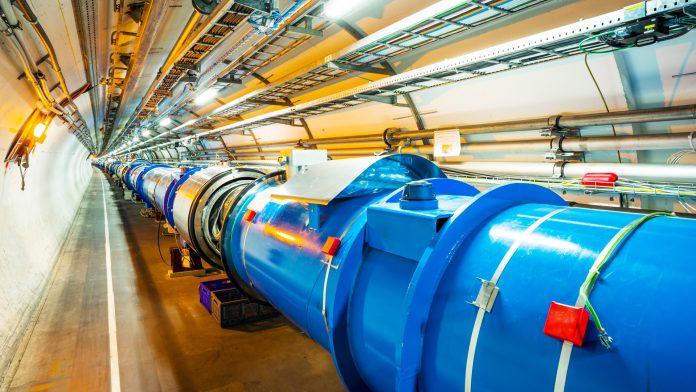Scientists led by Columbia University, USA, will be working to enhance the capabilities of the ATLAS detector at CERN’s Large Hadron Collider (LHC).
“These improvements will enable scientists to push the boundaries of discovery, increasing the likelihood of revealing entirely new phenomena—from extra dimensions of space to the building blocks of dark matter,” said Michael Tuts, professor of physics at Columbia University and principal investigator on the project.
Tuts continued: “They will open up a new window on particle physics, bringing us closer to decoding how the universe truly works.”
Upgrading ATLAS
Columbia University’s five-year upgrade for the ATLAS is set to begin this month. Tuts and his team will design, build and test key electronic components for the ATLAS system at Nevis Laboratories in New York and then ship them overseas for installation in ATLAS.
Columbia University’s John Parsons and Gustaaf Brooijmans will direct the Columbia technical aspects of the project, which will provide training opportunities for postdocs and graduate students.
The high-luminosity LHC upgrade is estimated for completion in 2025. The upgrade is believed to increase the total number of collisions in the ATLAS detector by a factor of ten, according to CERN, enabling scientists to collect data more efficiently and at higher rates.
The team hope better luminosity will allow scientist to continue the hunt for dark matter while also increasing the efficiency of particle capture and analysis.
Background
ATLAS is the largest detector ever constructed for a particle collider. ATLAS acts as a ‘digital camera’ which captures the particle debris produced in collisions for further analysis. Completed in 2008, ATLAS is the result of an international collaboration of more than 3,000 scientists and engineers and nearly 200 universities and laboratories from 38 countries.
In 2012 ATLAS researchers and the Compact Muon Solenoid jointly discovered a long-theorised particle known as the Higgs boson. The Higgs particle, which led to the award of the Nobel Prize in Physics in 2013, signals the existence of an invisible energy field throughout the universe that imbues other particles with mass.







